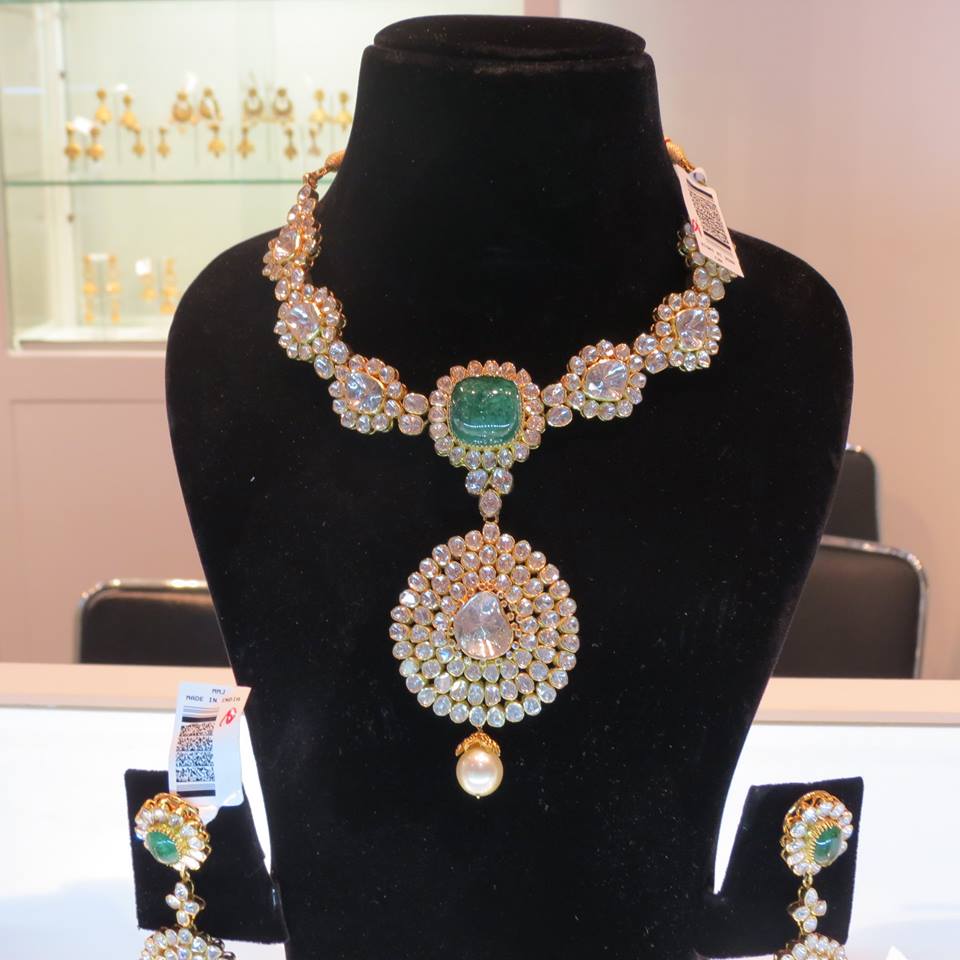The natural resources sector comprises a significant share of the economy for many countries on the African continent. It’s also a huge source of compliance headaches for financial institutions active in the region. For compliance professionals and regulators, some of the most difficult transactions to monitor are those in the trade of gemstones like diamonds and the sums and players involved are anything but trivial.
Billion-dollar fraud with diamonds crossing continents
One of the biggest examples this millennium, was the case involving the Belgian firm Omega Diamonds, in which over $3.5 billion in profits vanished between diamonds mines in Africa and the stones final destination, the diamond exchange at the Antwerp World Diamond Center (AWDC).
The alleged financial crime behind the case was one common to import-export businesses for all types goods: invoice fraud. False values were provided for the goods when they are exported from the country of origin and when they are received through customs in the destination market.
The “trick” at the heart of the case was simple. First, undervalue the rough diamonds for export in in Angola, the Democratic Republic of the Congo and Zimbabwe for the purpose of paying mining royalties and export duties to the state. Then, inflate the value of the stones when importing them into Belgium. This creates a high costs of goods sold (COGS) that can be used to minimize the taxable revenue from their sale.
The difference between the true value of the rough diamonds was allegedly then split between Omega Diamonds, corrupt officials and politicians in Africa and Europe and even some corrupt HSBC bank employees looking to make additional fees for their employer. Each party that took their cut then found ways to launder money back into the global financial system through investments and financial institutions as far afield as Dubai, Panama and Switzerland.
Looking into diamonds beyond list prices
The way this differ the Omega Diamonds case and money laundering in the gemstone industry generally differs from other types of trade-based financial crime is how conducive the legitimate trade is to camouflaging financial crime. The difficulty lies in the unique nature of individual gemstones. Like valuable works of art, to properly appraise gemstones requires a high degree of expertise – skills that are not typically possessed by compliance professionals in most financial institutions, regulatory bodies or law enforcement agencies. This provides plenty of motivated gemstone traders with plenty of opportunities for manipulating the declared appraised value of the goods.
With diamonds, many people are familiar at a high level with how polished diamonds are valued, i.e. the four Cs: color, clarity, cut and carat weight. However, these characteristics can only be accurately measured and priced after the stone has been polished by a manufacturer. In their rough form, these stones rarely dazzle and shine and their final form in terms of the four Cs is far from obvious. When the larger rough gemstones are auctioned (those that weigh more than 10.8 carats), it’s common to see different diamantaires offer widely divergent bids based on their professional opinion of what resulting polished stones can be produced by the piece of rough. For colored gemstones likes emeralds, sapphires and tanzanite, as well as colored diamonds, there an even greater degree of skill and complexity. The value of these stones not only relies on estimating the four Cs of the resulting polished but also the likely depth of the color and secondary hues the polished stones will possess.
The right people with the wrong numbers
In Omega case, the alleged fraud went on for many years without triggering any clear red flags. The owners of Omega, Sylvain Goldberg, Robert Liling and the recently deceased billionaire Ehud Laniado were all well-known figures in the global diamond industry. They had decades of experience in the global industry and were members in good standing in variety of industry associations. They were connected by both business ties and friendships with leading business and political figures not just in Africa, but also Europe and the U.S., including the Belgian minister of finance. While each individual behind Omega Diamonds held stakes in a wide number of privately held companies across the globe, these could easily be explained in terms of legitimate tax planning and the efficiency and legitimate logistical needs of the diamond trade.
The only reason this multi-billionaire fraud was discovered in 2006 was because a former employee of Omega turned whistleblower. However, even if not every case requires a whistleblower, doing proper due diligence requires a well-developed network industry relationships to provide tips and insider expertise.
No substitute for human relationships
When I first began covering the diamond industry, I got some very good advice from the diamond pricing expert Martin Rapaport. “The diamond business isn’t really about the stones, it’s about the people,” he told. That piece of advice saved me years of frustration, surprise and falling for the illusions that surround man’s love of shiny things.
 Gemstones, like the art world, is an area in global trade and finance which has been immune to most of the last decades’ trends in fraud detection technology. Artificial intelligence, Big Data and most of the other buzzwords you’ve heard mentioned in financial industry conferences over the past decade that suggests letting the machines do the work for you are not relevant here. This business is and will remain for the foreseeable future one based on deep human relationships.
Gemstones, like the art world, is an area in global trade and finance which has been immune to most of the last decades’ trends in fraud detection technology. Artificial intelligence, Big Data and most of the other buzzwords you’ve heard mentioned in financial industry conferences over the past decade that suggests letting the machines do the work for you are not relevant here. This business is and will remain for the foreseeable future one based on deep human relationships.
For financial institutions and risk and compliance professionals looking to work successfully in this important industry – one still very important to African economies – it’s critical that you are able to centuries’ old networks that move these goods around the world. This means knowing reputable industry professionals not just in Africa itself but further down the supply chain in major trading and manufacturing centers as Hong Kong, Bangkok, Mumbai, Jaipur, Dubai, Ramat Gan and Antwerp.
This may seem like a high barrier to entry for newcomers, but it’s also what keeps the trade profitable for both the companies and the individuals that are dedicated to it. Without it developing and maintaining those relationships, your competitors will lose their ability to accurately determine and control risk and eventually have to close shop. With it, you can maintain a sizable and profitable niche for a lifetime.
This article was commissioned on behalf of the premiere issue of if Grand Afrique Consulting.

